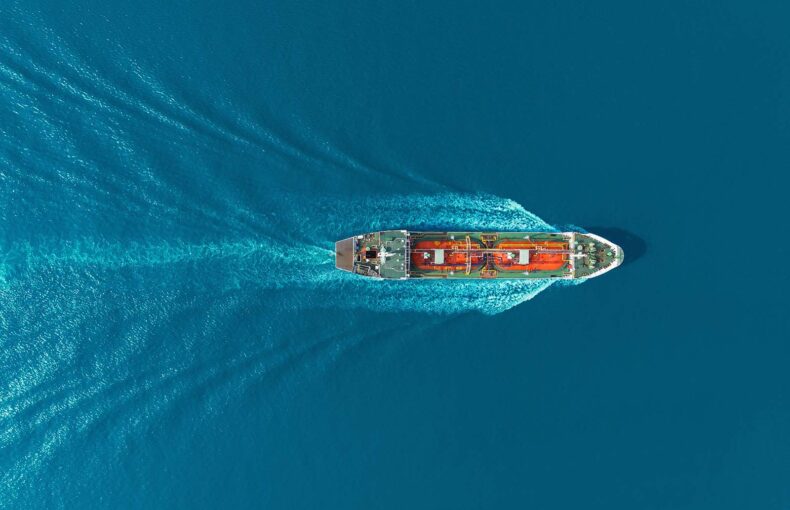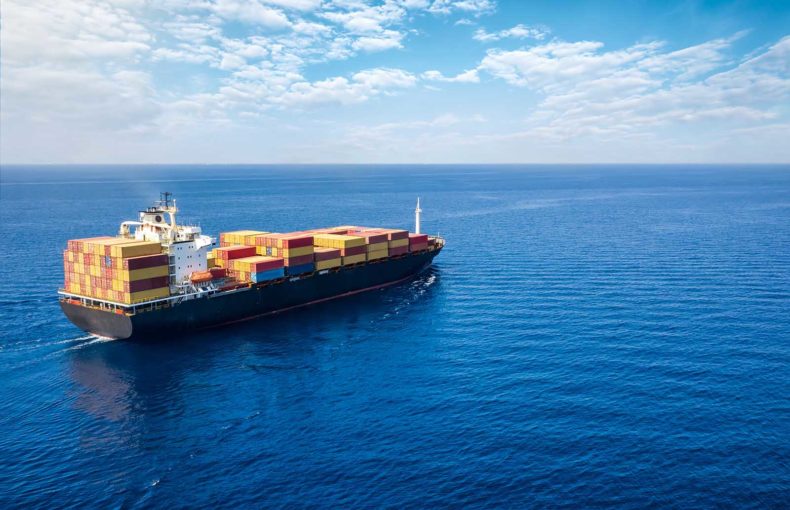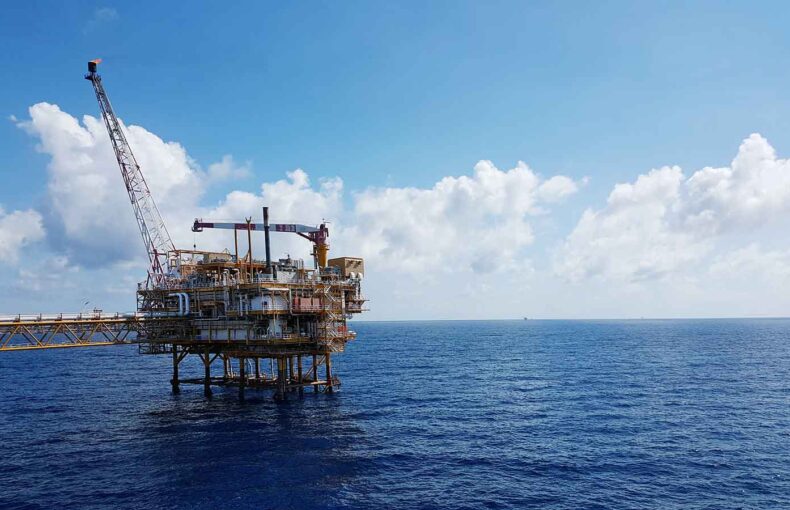Recognizing the many individual voyages that enable world trade
Held annually to recognize the people who work the high seas and keep the world’s economy moving, the Day of the Seafarer was recognized this past June 25th. It is an international event designed to highlight the critical role these maritime workers play in the modern world and the challenges they face, some of which have been around since the Age of Sail.
As United Nations Secretary-General António Guterres stated when recognizing the event: “The world counts on seafarers. Ships transport a remarkable 90 percent of the world’s commodities — from grains and energy, to consumer goods and much more. Without ships and the women and men who work on them, economies would stall and people would starve.”
Since the Day of the Seafarer just occurred this past week, now is a good time to celebrate those who crew the world’s ships and reflect on the challenges they face.
Long a sailing tradition: swapping stories
The theme this year was “maritime journeys and voyages,” with an emphasis on seafarers sharing stories about their working lives.
Established in 2010 by the Conference of Parties to the International Convention on Standards of Training, Certification, and Watchkeeping for Seafarers (STCW), the event is now officially included in the United Nations Observances list. The goal of the event is for governments and stakeholders in the shipping industry to promote the instrumental role of seafarers in international trade and the global economy.
According to the 2021 Seafarer Workforce Report, published by the Baltic and International Maritime Council (BIMCO) and the International Chamber of Shipping (ICS), 1.89 million seafarers are crewing the over 74,000 vessels that make up the world’s merchant fleet. Their work is dangerous, grueling, and includes long periods away from friends and family.
Not surprisingly, the International Maritime Organization is one of the prime supporters of the event: “Every seafarer’s journey is different, but they all face similar challenges. For 2022, the campaign of the Day of the Seafarers, with the theme ‘Your voyage – then and now, share your journey,’ look at seafarer voyages, what it includes and how has it evolved over time and what remains at the heart of seafarers’ reality. This campaign gives seafarers a chance to share what resonates with them currently, whether it’s the crew change crisis being unresolved or the future of technology.”
The IMO uses the day to raise public awareness about the lives that seafarers live. This includes their health and safety while passing through foreign ports and crews getting the kind of facilities they require from the companies they work for.
Likewise, the International Transport Workers’ Federation (ITF) — an affiliation of transport worker unions representing over 600,000 personnel — is a strong sponsor of the event. Using the tools of modern social media, the ITF was able to bring seafarers of numerous nationalities together under hashtags like #DayoftheSeafarer and #SeafaringJourney to tell their stories and share their concerns.
An overriding theme of every event this year was that of safety, especially after the brutal two years that many seafarers experienced during the COVID-19 crisis, a time during which many became stranded on their ships as ports restricted access before vaccines became available.
“Seafarers worldwide have faced immense challenges stemming from the COVID-19 pandemic — including contracts extended long beyond their expiry dates and maximum periods of service, and challenges related to vaccinations, medical care and shore leave,” explained UN Secretary-General Guterres. “This year’s theme … is an opportunity to recognize the vital role seafarers play and look to the future. Above all, this means listening to seafarers themselves. They know better than anyone their needs and what this industry needs to do to address key challenges. This includes the expansion of social protection, better working conditions, addressing the crew-change crisis, adopting new digital tools to enhance safety and efficiency, and making this industry greener and more sustainable.”
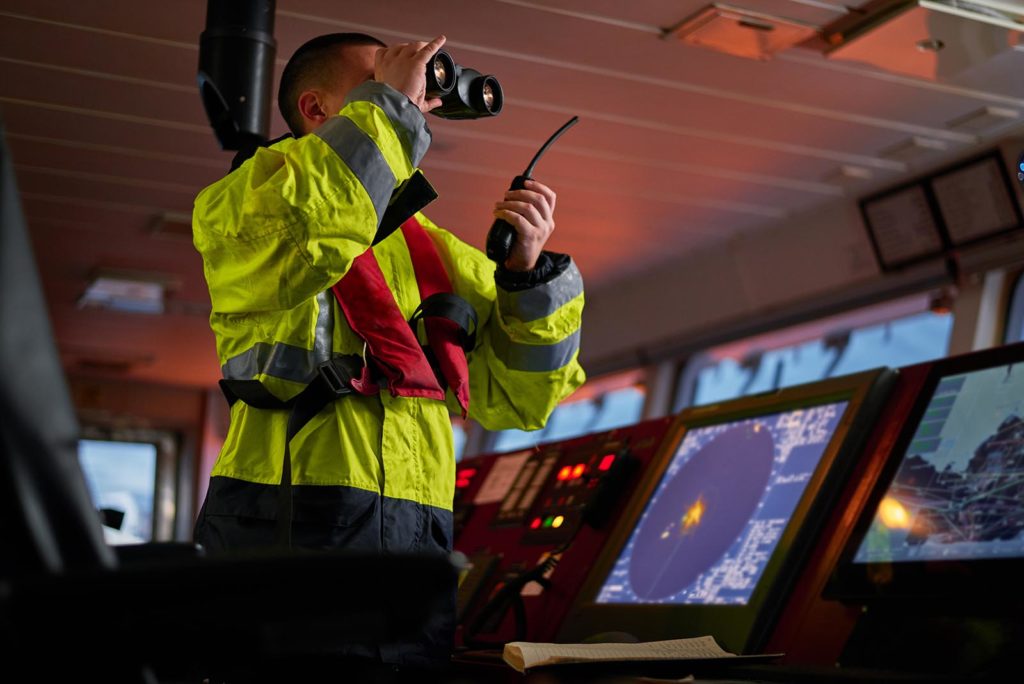
Challenges still at sea
Safety has always been a prime concern of seafarers, perhaps the primal anxiety of the profession. The ability of the sea to rise up and punish the unsuspecting is still a reality, especially for the numerous smaller vessels that do the bulk of the world’s fishing and local transport.
But new technologies, such as the ongoing exactTrax expansion of automatic identification systems (AIS) to smaller vessels and the newest satellite tools to track weather conditions, are making the work of crewmembers of ships of every size safer.
A pandemic rocking the boat
Image in line with paragraph: https://www.shutterstock.com/image-photo/concept-impact-threat-corona-virus-health-1655121232
Disease too has long been the bane of the sailor, and COVID-19 created both a global health emergency and transportation crisis not seen since the 1918 flu pandemic. That pandemic, like this one, led to upheaval and inspired a wave of historic maritime strikes — driven in part by the flu spreading via ports — in places as far-flung as Australia and Seattle.
As the Secretary-General of the IMO Kitack Lim remarked this year said: “On the International Day of the Seafarer on June 25th, it is important that we all remember the challenges that seafarers have faced over the past two years and are still facing, including difficulties to effect crew changes, lack of designation as key workers, and inability to access medical care and vaccines.”
Medical research has already begun on the consequences. As explored in “The Impact of the COVID-19 Pandemic on Seafarers’ Mental Health and Chronic Fatigue: Beneficial Effects of Onboard Peer Support, External Support and Internet Access” published in a recent issue of Marine Policy, it is important to learn the lessons that lockdowns had on ship crews: “As regulatory frameworks are revisited in light of experiences during the COVID-19 pandemic, a better understanding of the impact of the pandemic and the role of mitigating factors will be important to inform the development of effective policies to prepare for future crises.”
The impact of COVID-19 was amplified for many by the resulting crew change crisis, which saw unlucky seafarers become stuck on their vessels because of border and travel restrictions. At the peak of the crisis, an estimated 400,000 seafarers were working vessels that they had no practical way of leaving.
The scourge of forced labor
In extreme cases, this drifted into the realm of forced labor, which has long been an issue in the dark corners of the maritime industry. Seafarers from developing regions are lured onboard vessels that, once they set sail, are far from the eyes of regulators. Working conditions on such vessels are extremely poor and migrant workers face a reality that rivals what most people assume ended with the demise of sailing ships.
They no longer sail the high seas, but…
Another issue facing modern seafarers that is as old as maritime trade is piracy. Driven by the poverty and political unrest of nearby coastal areas, the waters off the coasts of Somalia, Bangladesh, Indonesia, Malaysia, and Nigeria are today’s hotspots for trade ships to be attacked and the lives of seafarers put at risk.
“I also remain concerned about the seizure of vessels engaged in legitimate trade outside established legal processes,” noted IMO Secretary-General Lim when marking this year’s Day of the Seafarer. “As I have said in the past, seafarers and shipping should not become collateral victims of larger political issues. The welfare of seafarers and the need for international shipping to move freely and unhindered is critical to the continuous operation of global supply chains, for the benefit of all peoples of the world.”
Navigating environmental change
Though the repercussions of climate change are usually seen through the lens of dry land — for example, that sea-level rise will impact the value of coastal properties — the changes unleashed by global warming will have a profound impact on the maritime industry. Seafarers will be the ones facing more frequent and stronger storms at sea, port infrastructure that is degrading due to flooding, and the scheduling chaos that will result.
Late last year, the ITF released a sustainable shipping position paper, anchored by eight “fundamental principles for a just transition,” to make sure that workers’ voices were part of the transition to greener ways of shipping.
“Seafarers want to be part of the solution,” explained David Heindel, chair of both the ITF Seafarers’ Section and its Sustainable Shipping Working Group. “We want to be proud of the action taken by our industry. We want to lead the transition.”
Ongoing work for a better life at sea
Overcoming the challenges that seafarers continue to face will demand consistent vigilance, creativity, and the use of technological advances to better mitigate marine shipping risk.
“Every seafarer’s journey is unique. Yet many of the challenges and opportunities are shared. On this Day of the Seafarer, we can look to the future,” proclaimed IMO Secretary-General Lim. “Seafarers’ voyages are changing — in the form of new technologies and equipment, increasing use of alternative fuels and further responsibilities for a greener and more sustainable future for the industry and for the marine environment.”
Each year June 25th is a day to thank all the seafarers that ensure that global trade continues unencumbered and to support the many efforts to make their lives better.
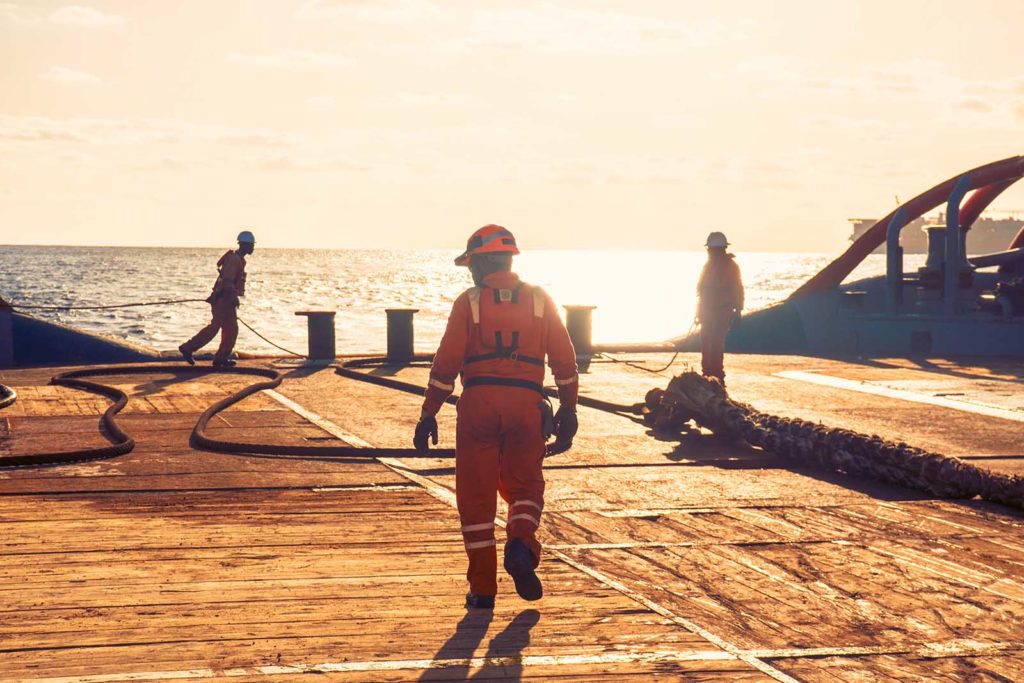
 Written by
Written by
